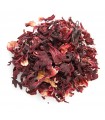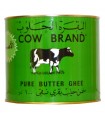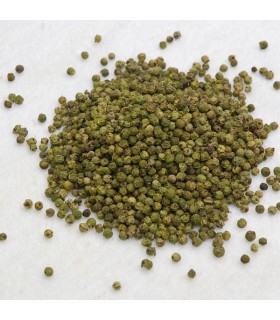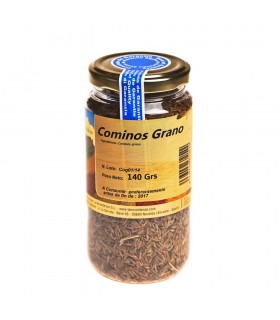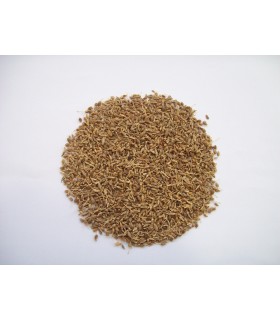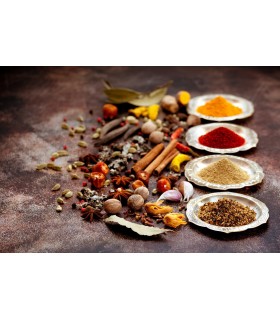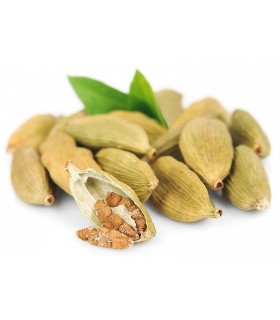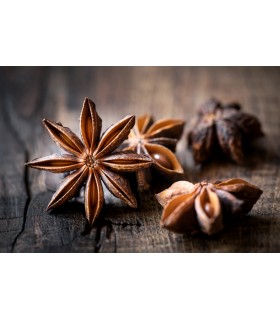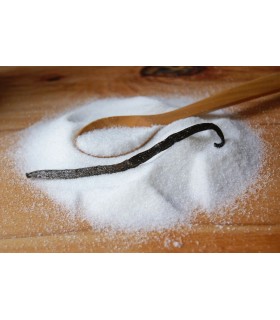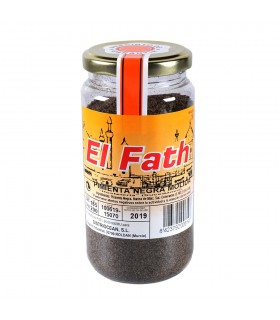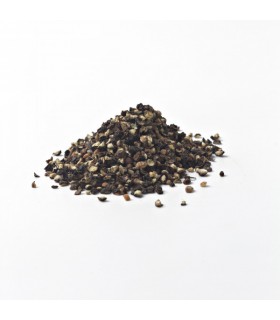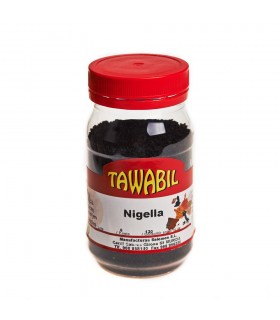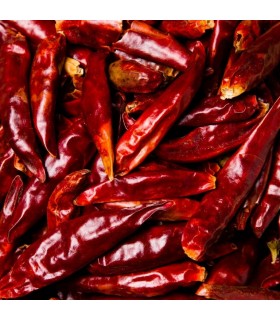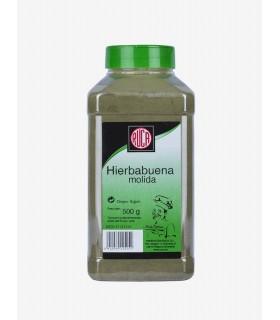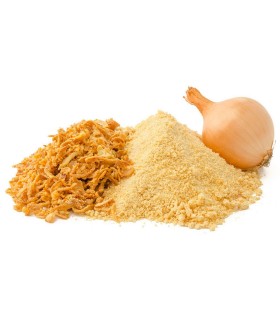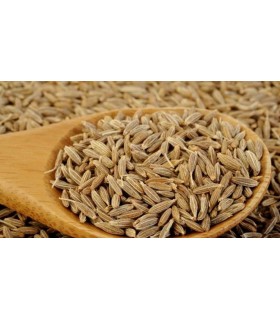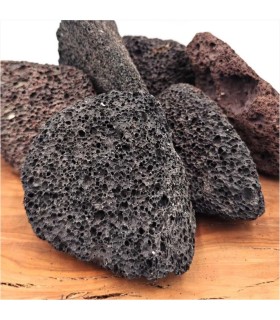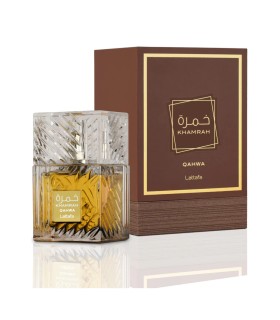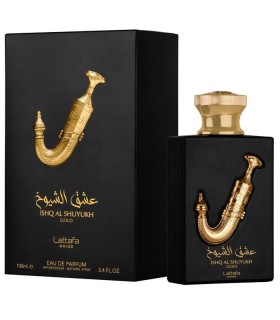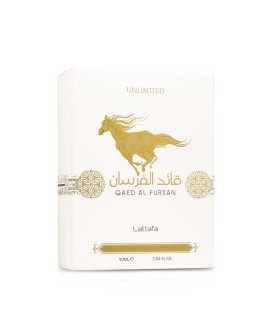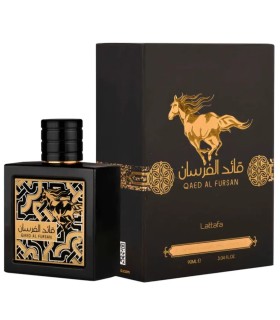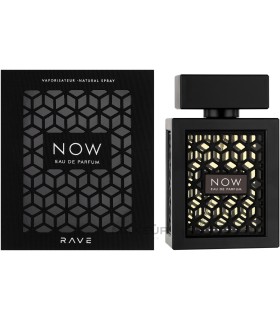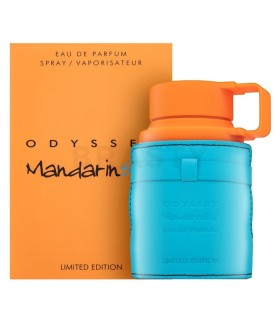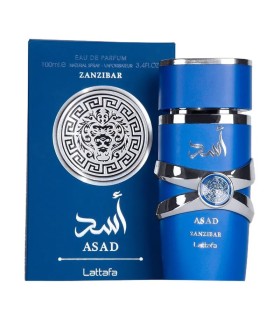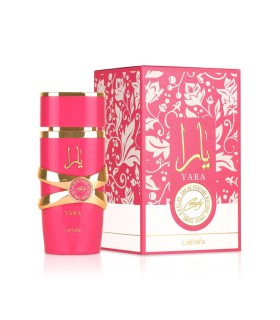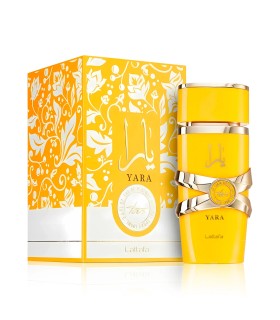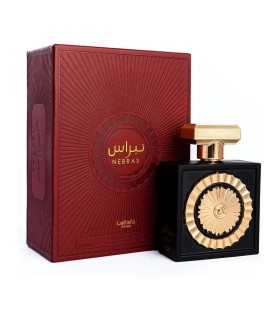This blend is popular in some of the cuisines of Turkey, Syria, Jordan, Lebanon, Israel, the Palestinian Territories, and the Maghreb.
This blend is popular in some of the cuisines of Turkey, Syria, Jordan, Lebanon, Israel, the Palestinian Territories, and the Maghreb.
Sometimes this mixture can be called: zaatar, zatar or zahatar.
This blend is popular in some of the cuisines of Turkey, Syria, Jordan, Lebanon, Israel, the Palestinian Territories, and the Maghreb.
This blend is popular in some of the cuisines of Turkey, Syria, Jordan, Lebanon, Israel, the Palestinian Territories, and the Maghreb.
Sometimes this mixture can be called: zaatar, zatar or zahatar.
Its flavor is slightly acid and aromatic.
Combine with many foods.
It is also often used as a condiment on grilled meats and vegetables, and mixed with olive oil (za'atar-ul-zayt or zayt-tu-zaa'tar) to form a paste that is used as a dipping sauce to make sesame rings (ka'k).
In Middle Eastern cuisine Za'atar can be made into a paste and tiny pizzas are made.
It is served with Arabic bread (pita) spread with olive oil and with zaatar, either toasted or untoasted.
In fried eggs it is placed on top and they are very well accompanied with Arabic bread (pita).
Some people like to soak caak (braided donuts of leavened wheat flour and anise decorated with sesame) in olive oil and then in zaatar. Also the bread with dry jocoque and sprinkled with zaatar.
Ingredients:
Thyme, wheat, sesame, salt, sumac, fennel, coriander, anise, vegetable oil.
Produced in Jordan.




